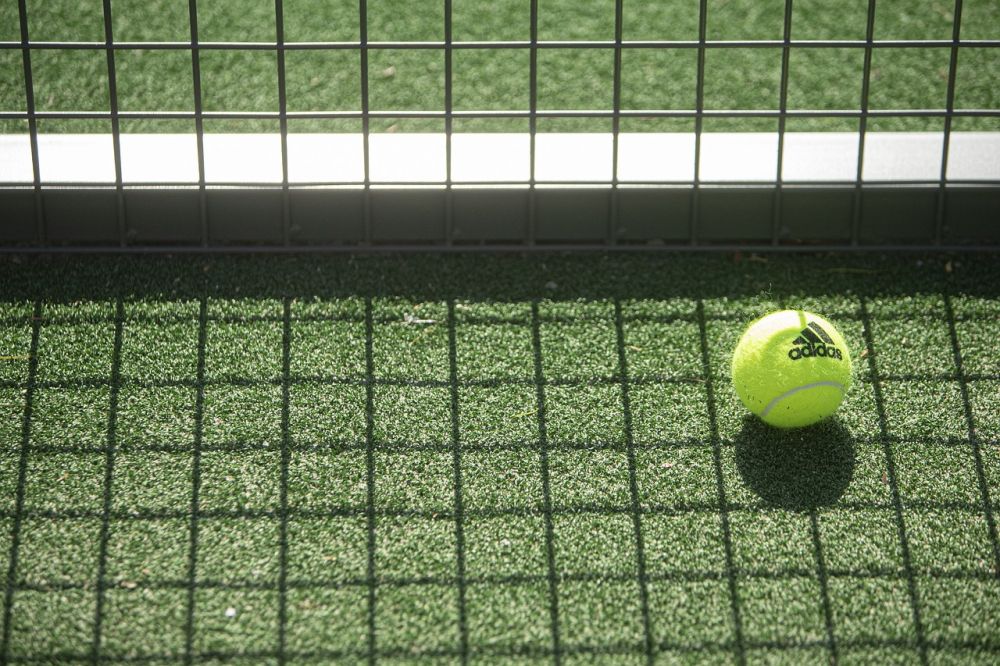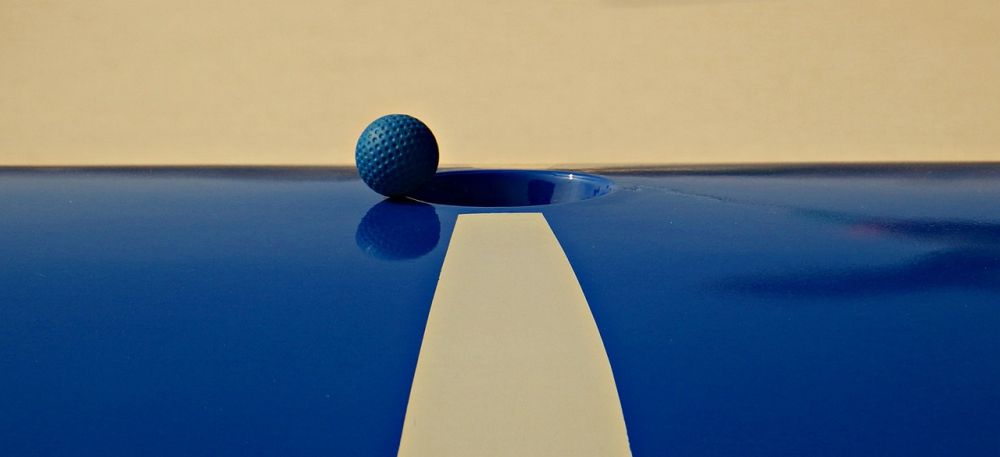OS Curling Final: A Comprehensive Guide

OS Curling Final: A Showcase of Skill and Strategy
Introduction:

The OS Curling Final is a highly anticipated event that showcases the pinnacle of skill and strategy in the sport of curling. In this article, we will provide a detailed overview of the OS Curling Final, exploring its different types, popular variations, quantitative measurements, distinguishing factors, and a historical analysis of its advantages and disadvantages. So, let’s dive into the exciting world of the OS Curling Final!
Understanding the OS Curling Final
The OS Curling Final is the culmination of the curling competition in the Winter Olympics. It is the ultimate test of skill, precision, and teamwork, where athletes from various nations compete for the coveted gold medal. The event brings immense excitement to fans worldwide as they witness the best curlers in action, showcasing their expertise in this unique sport.
Types of OS Curling Final
There are mainly two types of OS Curling Final: men’s and women’s events. Both events follow the same basic principles of curling but involve separate teams competing for their respective medals. Each team consists of four players, with a designated skip, third, second, and lead, working together strategically to outmaneuver their opponents and score highest. The OS Curling Final provides a platform for athletes to showcase their skills by delivering stones with precision, analyzing the ice, and strategically planning their shots.
Quantitative Measurements in the OS Curling Final
In the OS Curling Final, several quantitative measurements play a vital role in determining success. Two key measurements include Hogline Violations and Shot Placement Accuracy:
1. Hogline Violations: The hogline is a line on the ice that determines whether a stone has been released from the player’s hand before crossing it. Violating the hogline results in the stone being removed from play. Teams aim for zero hogline violations to maintain their strategic advantage and avoid penalties.
2. Shot Placement Accuracy: Shot placement accuracy measures the proximity of a delivered stone to the desired target. This metric quantifies a player’s ability to execute precise shots and contribute to their team’s overall strategy. The higher the shot placement accuracy, the better chance a team has of scoring points and winning the OS Curling Final.
Distinguishing Factors among OS Curling Finals
Although the basic principles remain the same, each OS Curling Final presents unique factors that distinguish it from others. These factors include:
1. Venue and Conditions: The location and climate of the host city play a significant role in determining the ice conditions and subsequently affecting gameplay. Teams must adapt their strategies accordingly to succeed in different environments.
2. Level of Competition: The competitive landscape in each OS Curling Final varies, with different nations dominating the sport in different years. The level of competition can impact the intensity and quality of gameplay, making each final a unique experience.
3. Curling Styles: Curling varies across different regions and nations, with each bringing its own style and techniques to the OS Curling Final. This diversity adds excitement and intrigue to the sport, as fans witness contrasting strategies unfold on the ice.
A Historical Analysis of Pros and Cons in OS Curling Finals
Throughout the history of the OS Curling Final, various advantages and disadvantages have emerged, impacting the dynamics of the competition:
1. Pros:
– Increased Global Exposure: The OS Curling Final provides an excellent platform for promoting international goodwill and showcasing the sport’s global appeal.
– Elevating the Sport: The high-stakes atmosphere of the OS Curling Final raises the visibility and reputation of curling, attracting more enthusiasts and potential athletes to the sport.
2. Cons:
– Limited Media Coverage: In some cases, the OS Curling Final has faced challenges in gaining substantial media exposure compared to more popular Olympic events. This affects the sport’s overall popularity and public engagement.
– Accessibility and Sustainability: The resources required to participate in curling, such as ice rinks and equipment, may limit accessibility for aspiring athletes from certain regions, hindering their development and representation in the OS Curling Final.
Conclusion:
The OS Curling Final is an event that captivates audiences around the world, providing a thrilling showcase of athletic prowess, strategy, and teamwork. This comprehensive guide has explored the overall landscape of the OS Curling Final, including its various types, quantitative measurements, distinguishing factors, and a historical analysis of its pros and cons. As we eagerly await the next OS Curling Final, we can appreciate the sport’s universal appeal, its champions, and the lasting impact it continues to make on the Winter Olympics stage.





